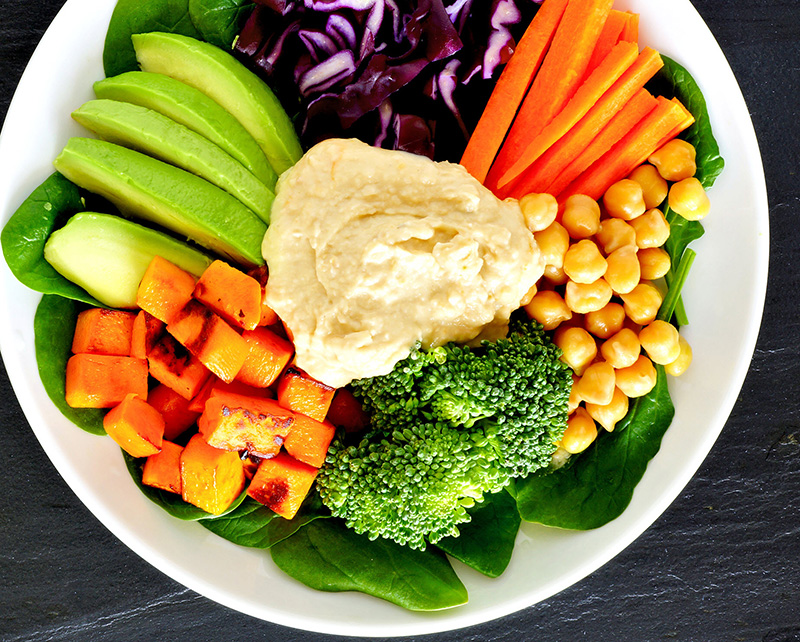What is a Serving?

It’s important to fuel your body properly. You may be eating plenty of food. But you may not be eating the nutrient-dense foods your body needs for good health. Nutrient-dense foods have vitamins, minerals, fiber, complex carbohydrates, lean protein and healthy fats. They also are relatively low in calories.
A healthy diet emphasizes certain foods and recommends a number of servings per day. But you may have a question: Just what counts as a serving, anyway?
It’s a great question. It can be easy to consider too much as a single serving, especially with tasty foods we like.
Here’s the breakdown of recommended servings per day for several kinds of foods for a 2,000-calorie diet with examples of servings sizes of foods within each group:
Grains: 6 ounces (oz) per day. Serving sizes = ½ cup cooked rice, pasta or cooked cereal; 1 oz. dry pasta or rice; 1 slice bread; 1 cup ready-to-eat cereal flakes.
Vegetables: 2 ½ cups per day. Serving sizes = 1 cup equivalent of vegetables is 1 cup raw vegetable or vegetable juice, 2 cups leafy salad greens.
Fruits: 2 cups per day. Serving sizes =1 cup equivalent is 1 cup fruit or ½ cup of 100% fruit juice (orange juice, etc.) or 1/3 cup of a fruit juice blend.
Protein foods (meat, poultry, fish, dry beans and nuts): 5 ½ oz. per day. Serving sizes = 3 oz. cooked lean meat, poultry or fish; 2 egg whites or 1 egg; ¼ cup cooked beans; 1 tbsp. peanut butter; ½ oz. unsalted nuts/seeds. Note that ¼ cup cooked beans = 1 oz. protein equivalent but ½ cup cooked beans = 1 vegetable.
Fat-free or low-fat dairy foods (milk, yogurt and cheese): 3 cups per day. Serving sizes: 1 cup equivalent is 1 cup milk or yogurt, 1½ oz. natural cheese such as cheddar cheese, or 2 oz. processed cheese.
Helpful rules of thumb
Here are a few helpful serving size guidelines to remember:
- One cup of raw leafy vegetables or a baked potato should be about the size of a baseball or average-sized fist.
- Three ounces of cooked lean meat or poultry is about the size of a deck of cards or the palm of your hand.
- A teaspoon of soft margarine is about the size of a postage stamp.
- One serving of fat-free or low-fat cheese is about the size of a pair of dice.
Consider setting a goal to eat healthy, nutrient-dense foods 85% of the time. You can use the remaining 15% for an occasional treat, or for times when you’re crunched for time and have to prioritize convenience over nutrition.
And here’s food for thought: Once you start eating right, it will be easier to get your loved one started on some heart-healthy, nutritious habits too.